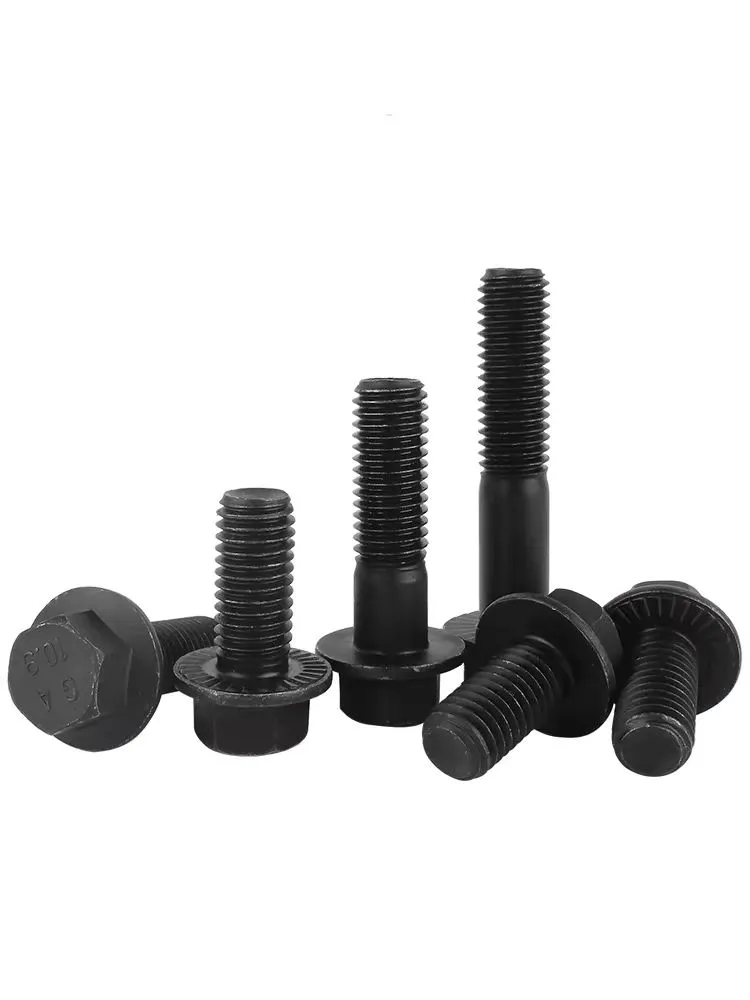

Benefits and Applications of Wide Flat Washers in Industrial Settings
Aug . 18, 2024 04:51 Back to list
Benefits and Applications of Wide Flat Washers in Industrial Settings
The Importance of Wide Flat Washers in Mechanical Applications
Wide flat washers, often overlooked in the vast world of mechanical hardware, play a crucial role in ensuring the reliability and functionality of various assemblies. These simple yet essential components are designed to distribute loads and reduce the stress on surfaces, making them indispensable in countless applications across different industries.
What are Wide Flat Washers?
Wide flat washers are circular discs made from various materials such as metal, plastic, or rubber, featuring a hole in the center that allows them to fit over a bolt or screw. The ‘wide’ aspect refers to the larger outer diameter compared to standard washers, which allows for a greater surface area to spread the load of the fastener. This design helps to prevent damage to the material being fastened and minimizes the risk of loosening due to vibrations.
Applications of Wide Flat Washers
These washers are commonly used in construction, automotive, aerospace, and machinery industries. In construction, wide flat washers provide stability to structures by evenly distributing the weight of fasteners on beams or trusses. In the automotive sector, they are employed to secure components like transmissions and engines, where they mitigate the stress exerted by high torque.
In aerospace applications, where every component must withstand extreme conditions, wide flat washers are used to ensure the integrity and safety of critical parts. Their ability to distribute force makes them ideal for use in environments subject to vibration and movement, helping to prevent failures that could lead to catastrophic results.
Benefits of Using Wide Flat Washers
wide flat washer

1. Load Distribution The primary function of wide flat washers is to spread the load of a fastener over a wider area. This reduces the risk of embedding the fastener into softer materials, which can lead to wear and eventual failure.
2. Surface Protection By providing a buffer between the fastener and the work surface, these washers help to minimize surface damage. This is particularly important in delicate materials or finishes where marring can compromise appearance and integrity.
3. Prevention of Loosening Wide flat washers help in maintaining a tight connection by distributing the tensile and shear forces evenly, which reduces the chances of loosening due to vibration or thermal expansion and contraction.
4. Corrosion Resistance When made from stainless steel or other corrosion-resistant materials, wide flat washers can endure harsh environments, making them suitable for outdoor applications or in industries where exposure to moisture and chemicals is common.
Choosing the Right Wide Flat Washer
When selecting wide flat washers, it is crucial to consider factors such as material, size, and thickness. The material should match the environment in which the washer will be used; for example, stainless steel is often preferred in corrosive environments. Additionally, the size and thickness must be appropriate for the application to ensure effective load distribution and protection.
Conclusion
In conclusion, wide flat washers may appear to be simple components, but their contributions to mechanical assemblies are significant. By providing load distribution, surface protection, and prevention of loosening, they enhance the reliability and lifespan of fastened joints. Understanding their role and selecting the appropriate type for specific applications can lead to improved performance and safety in various mechanical and construction projects. As industries continue to innovate and push the boundaries of engineering, the importance of these small yet mighty components will undoubtedly remain.
Latest news
-
Premium Fasteners Manufacturer | AI-Driven Solutions
NewsAug.01,2025
-
Hot Dip Galvanized Bolts - Hebei Longze | High Strength, Corrosion Resistance
NewsAug.01,2025
-
High-Strength Hot Dip Galvanized Bolts - LongZe | Corrosion Resistance, Custom Sizes
NewsAug.01,2025
-
Best Self Tapping Screws for Drywall - Fast & Secure Installation
NewsJul.31,2025
-
High-Strength Hot Dip Galvanized Bolts-Hebei Longze|Corrosion Resistance&Customization
NewsJul.31,2025
-
Hot Dip Galvanized Bolts-Hebei Longze Metal Products|Corrosion Resistance&High Strength
NewsJul.31,2025

